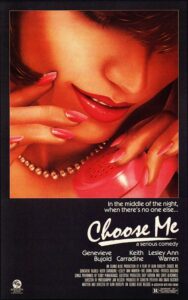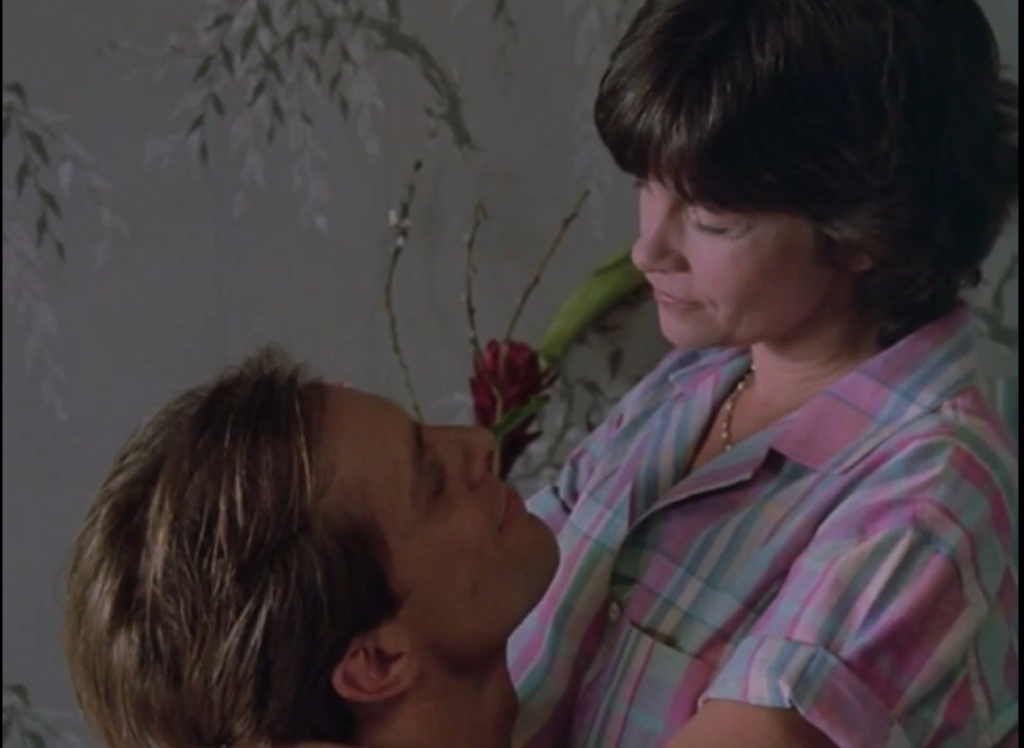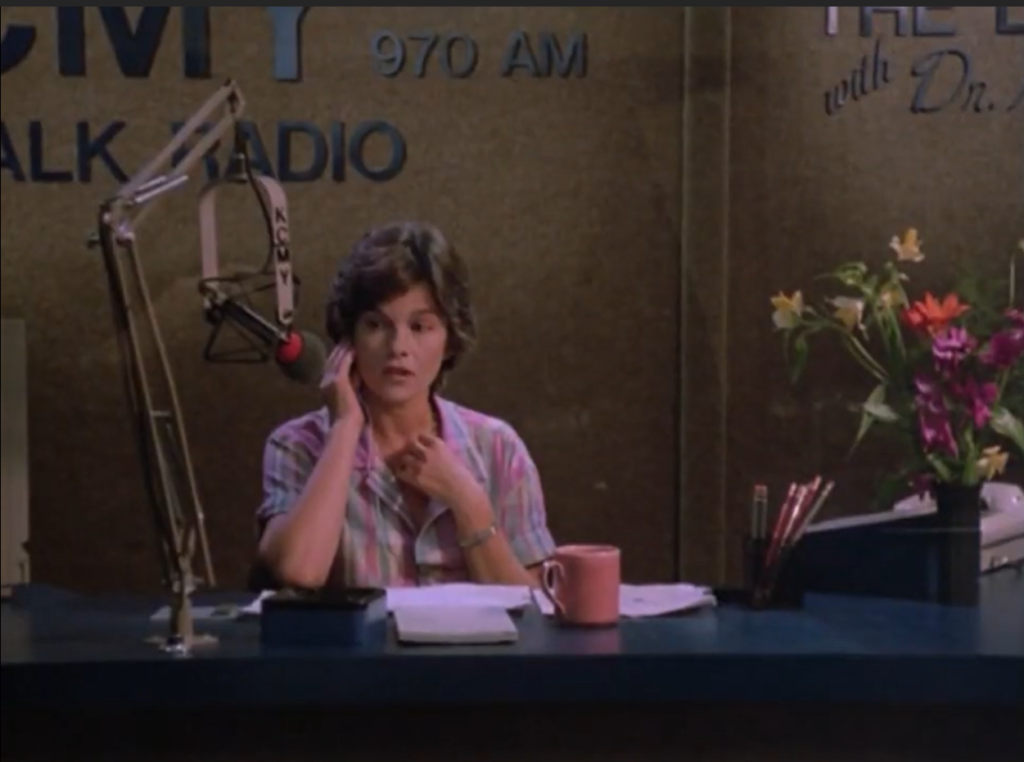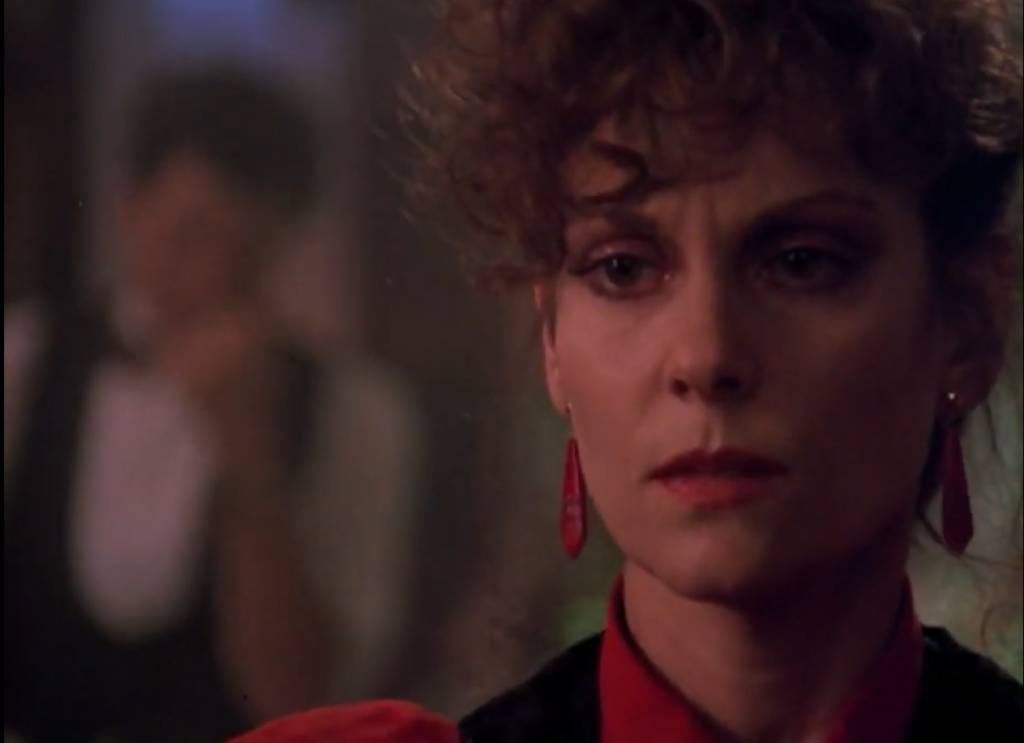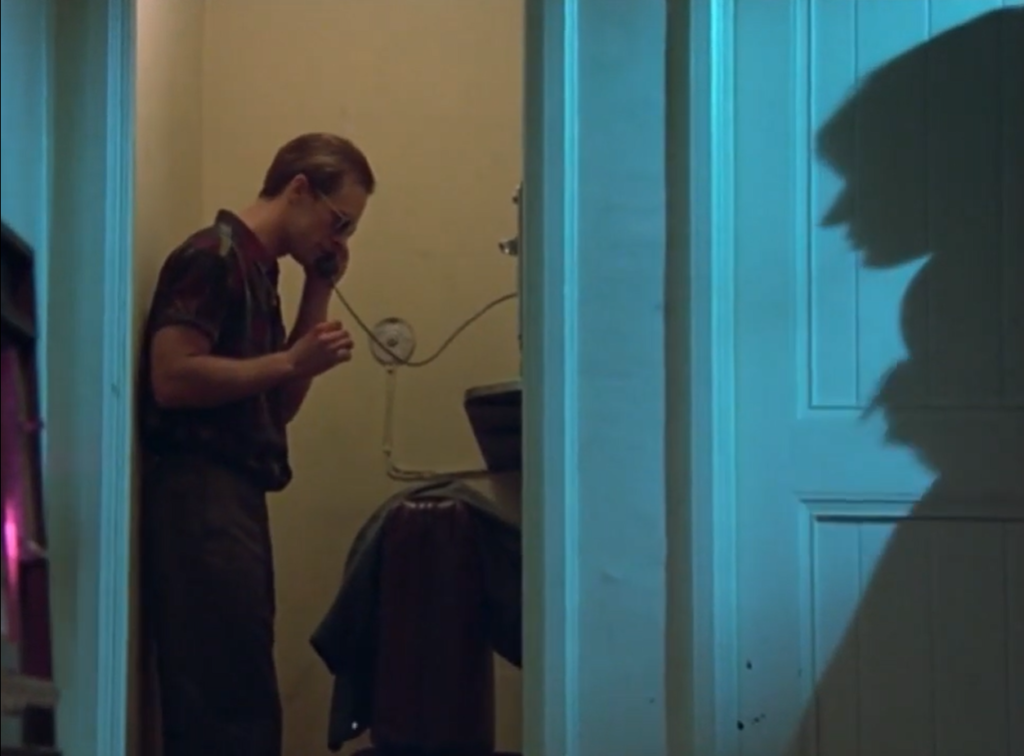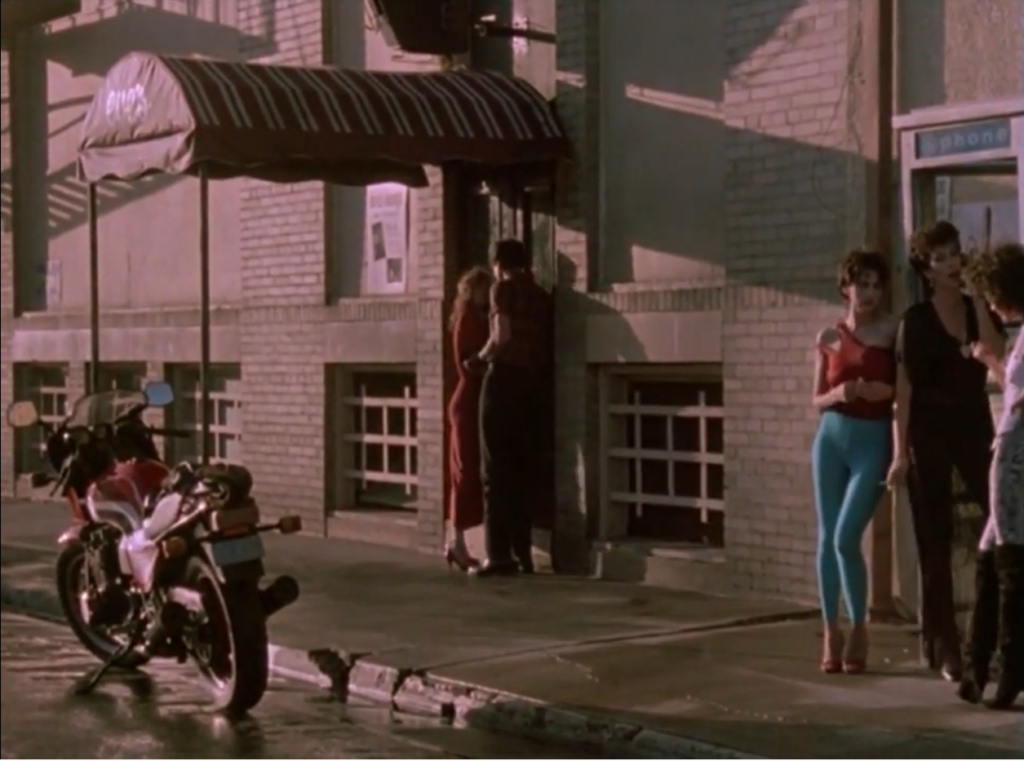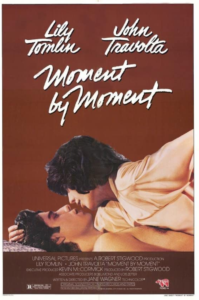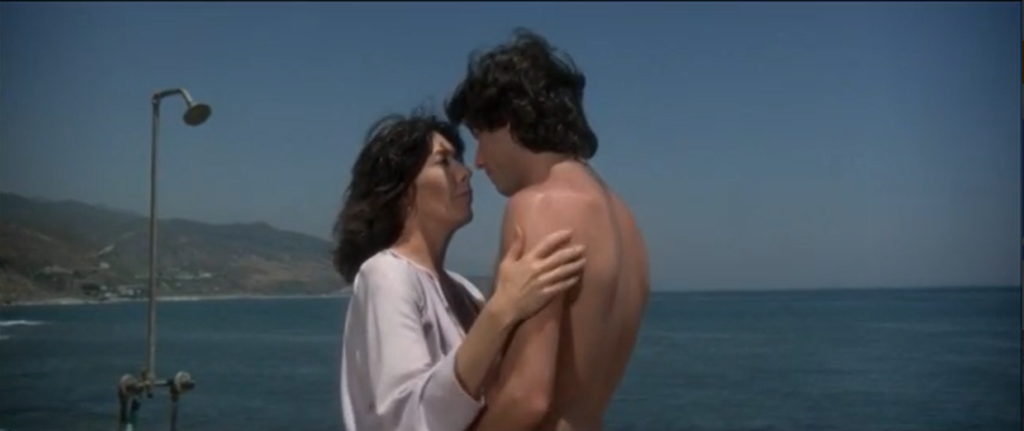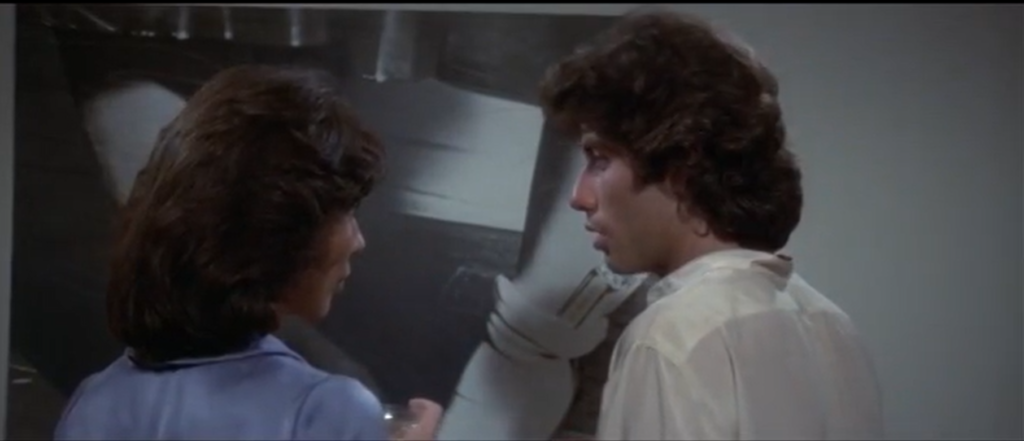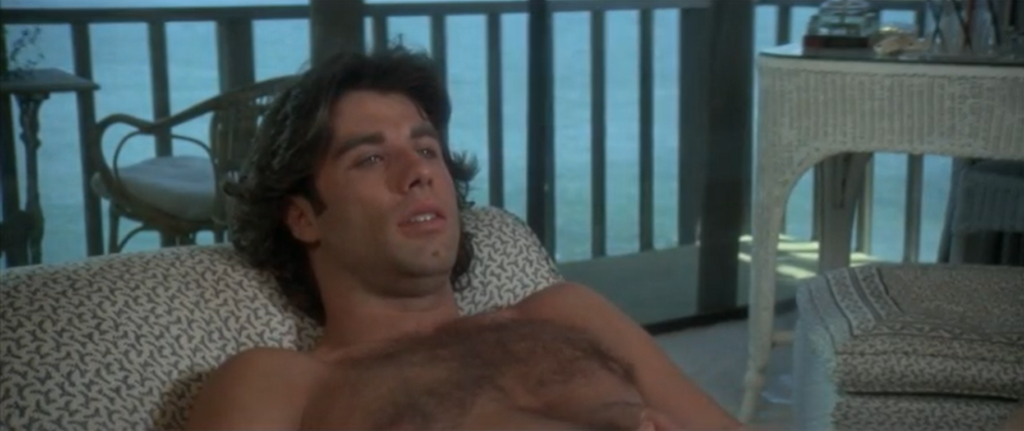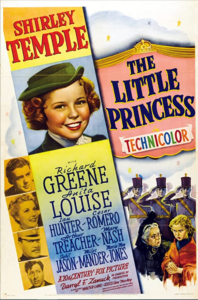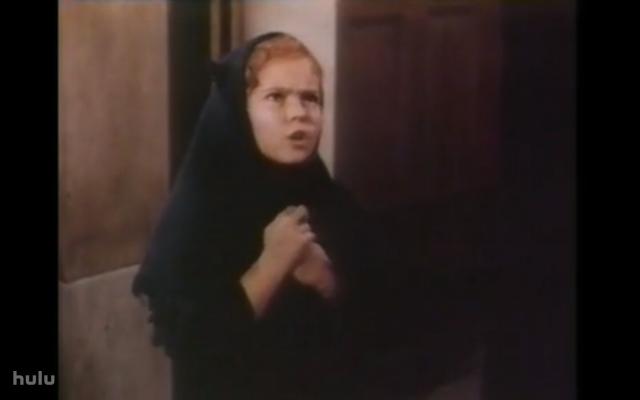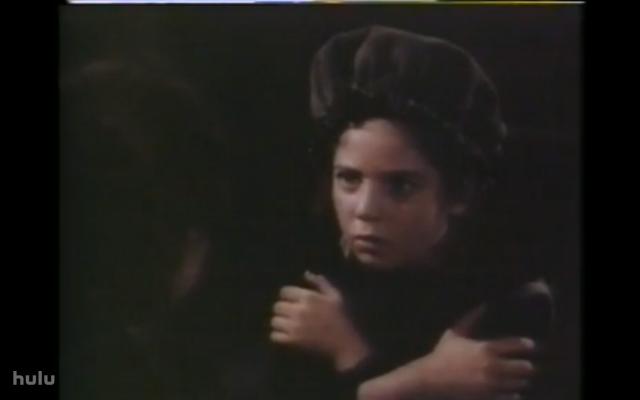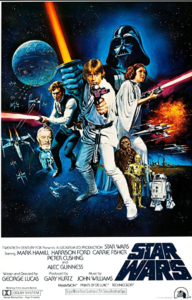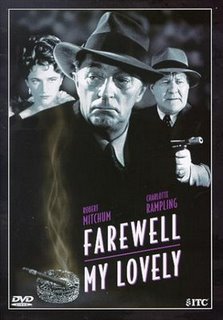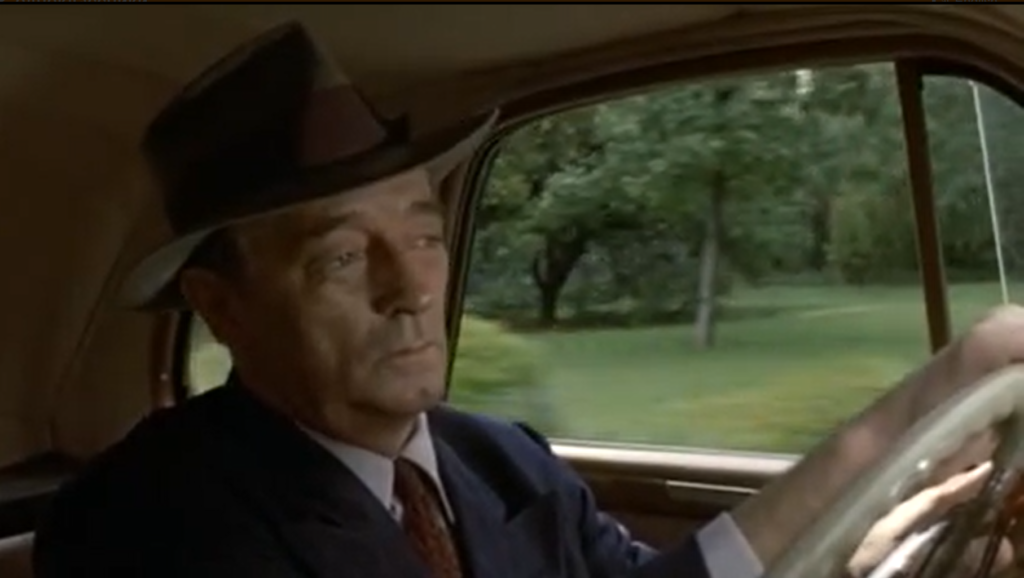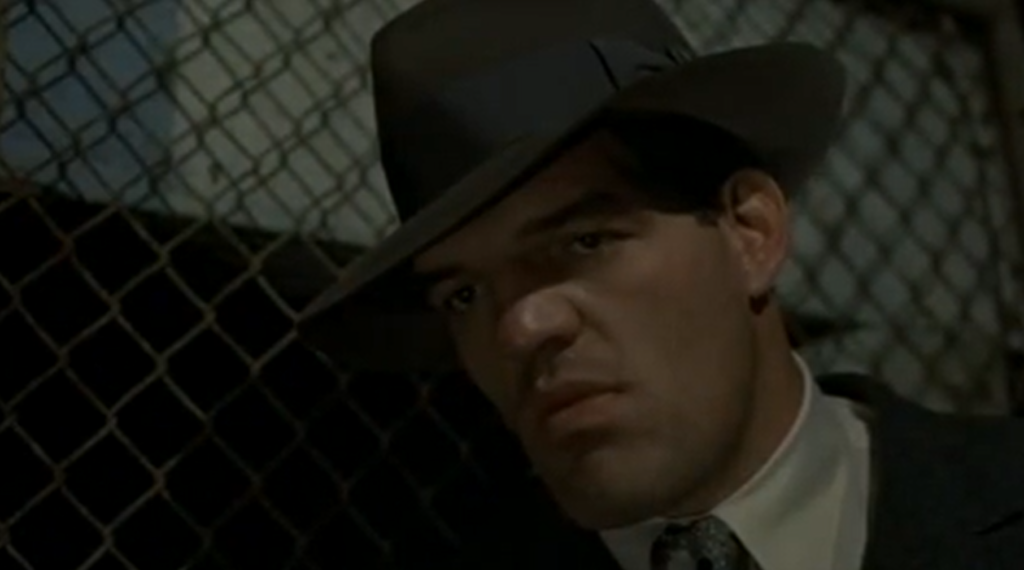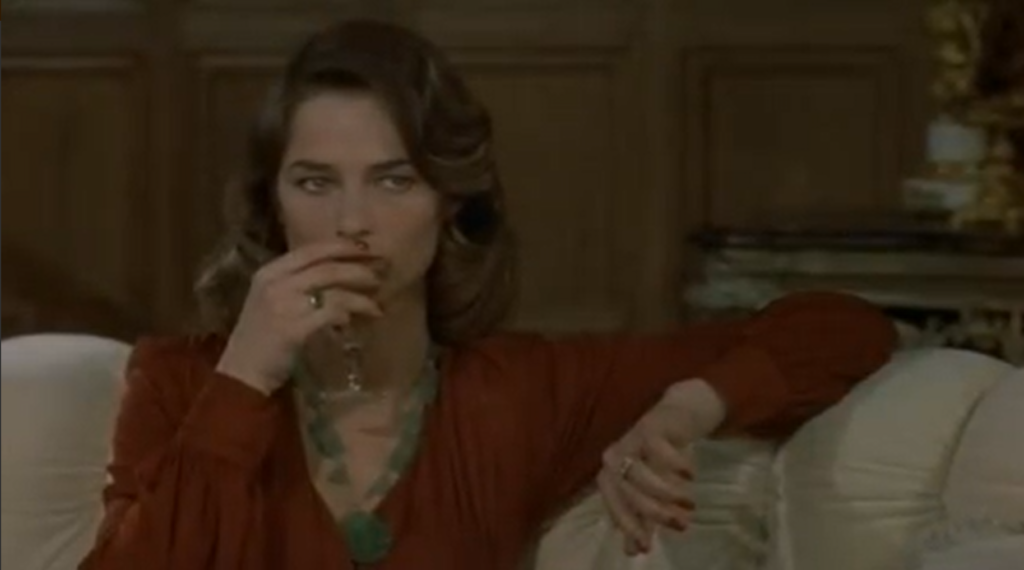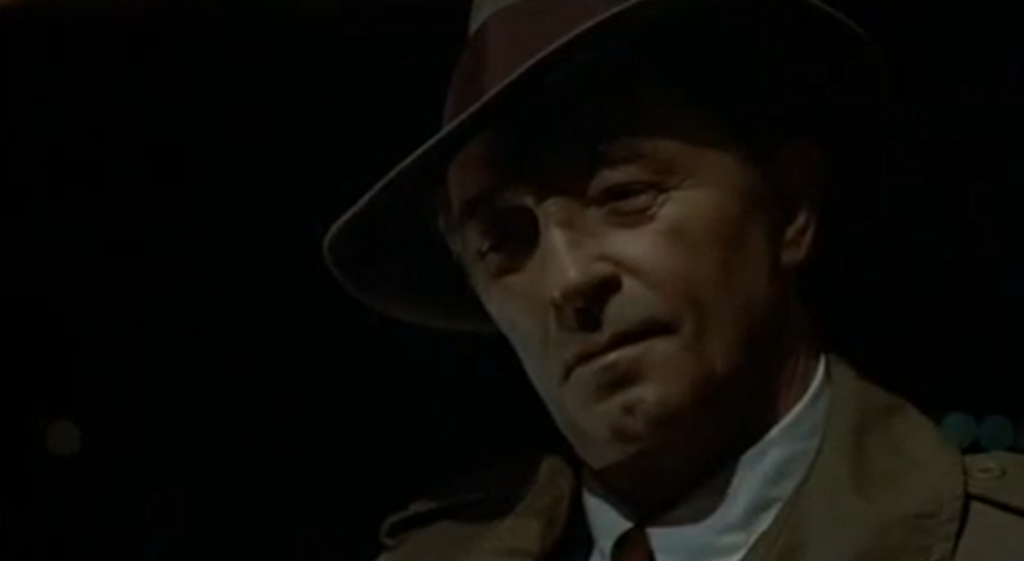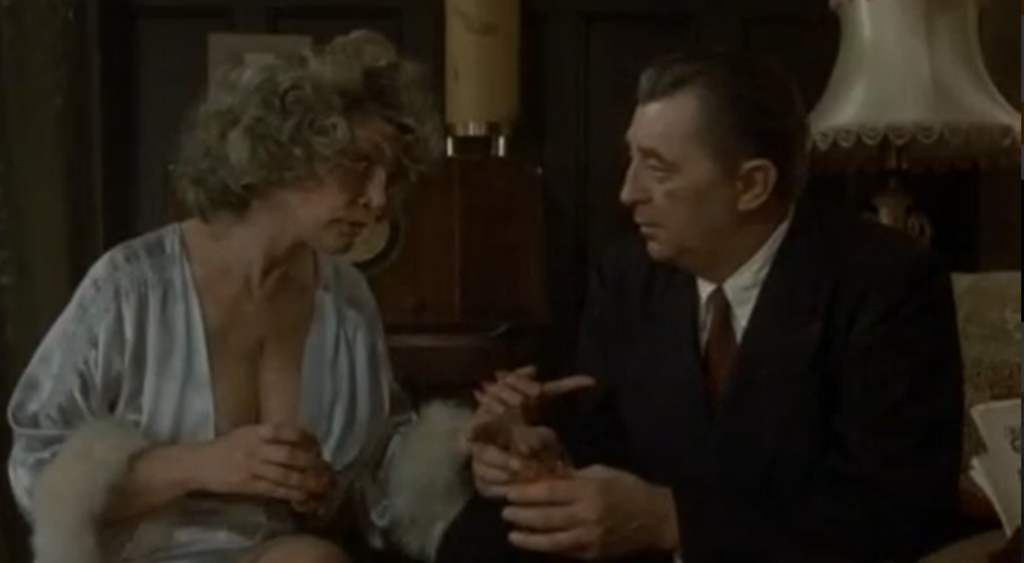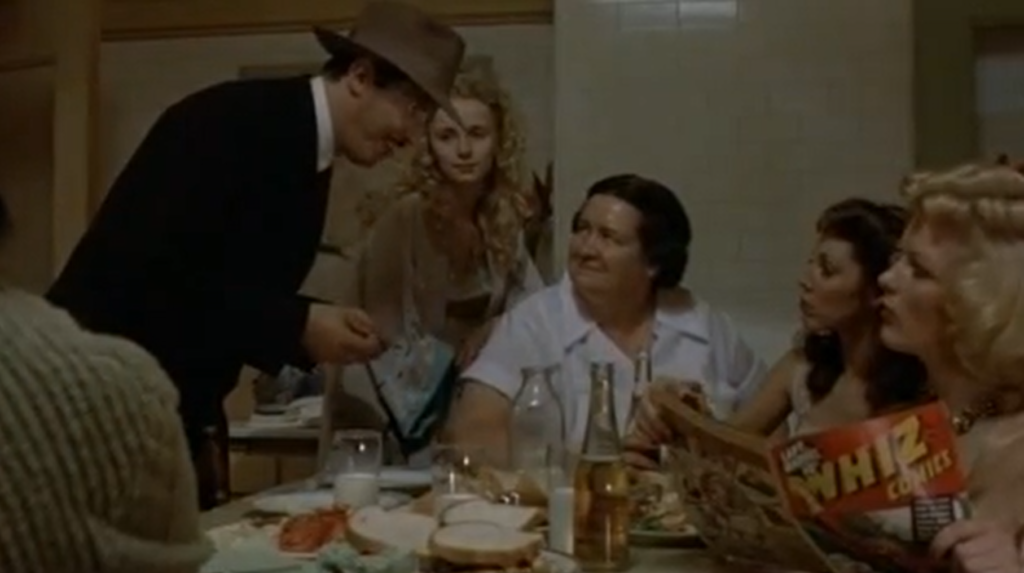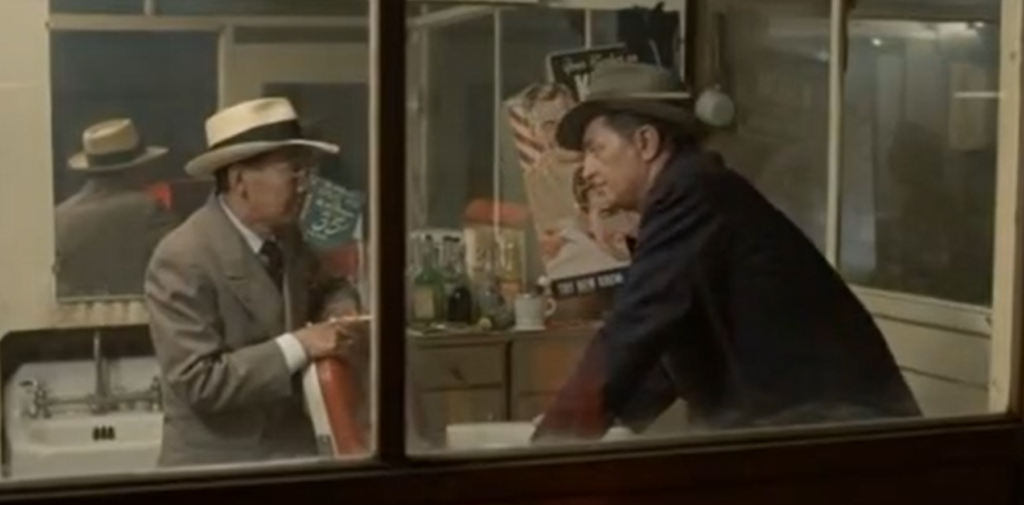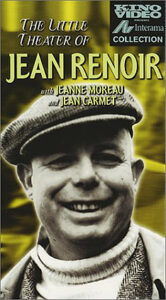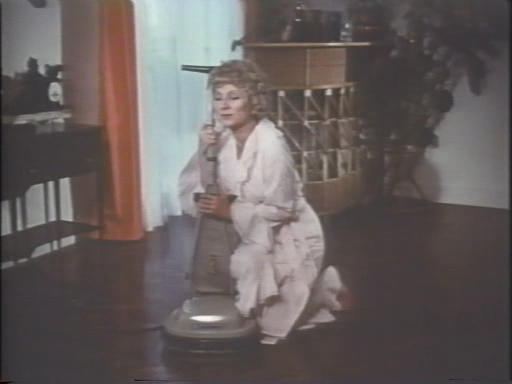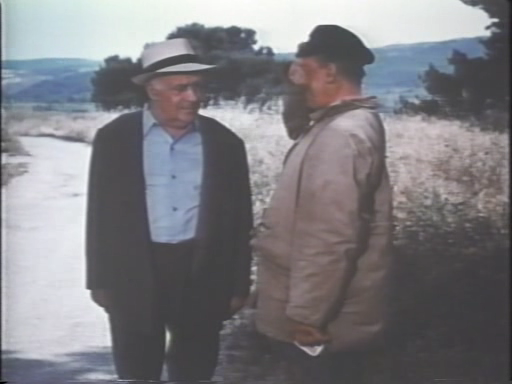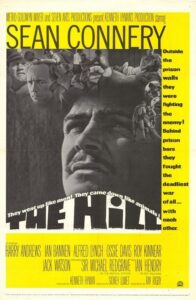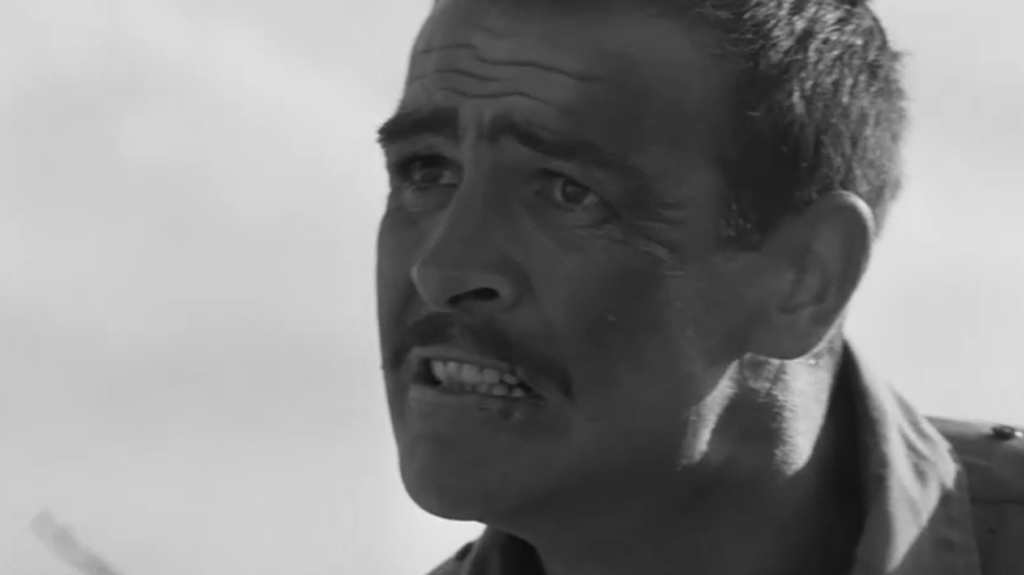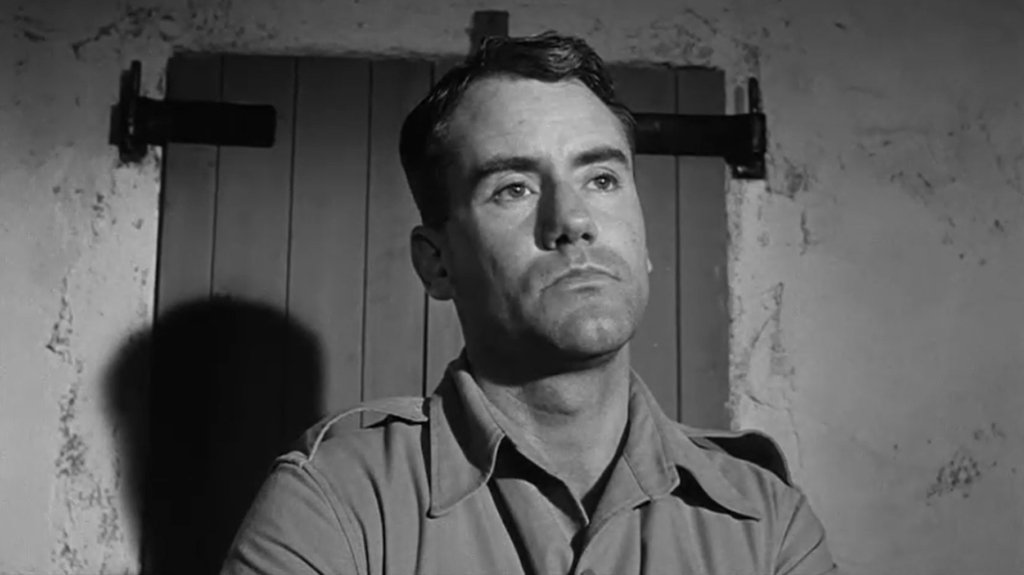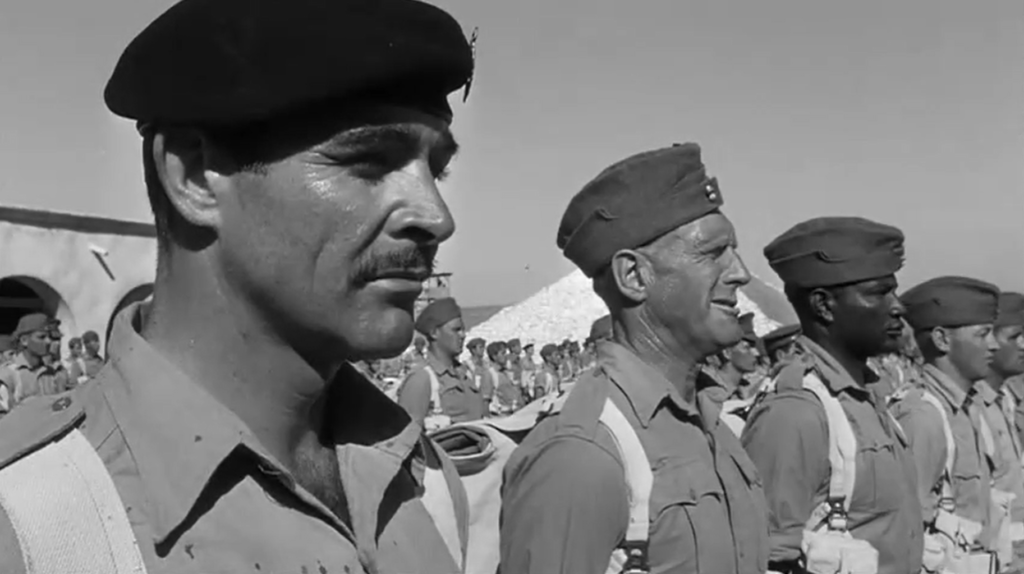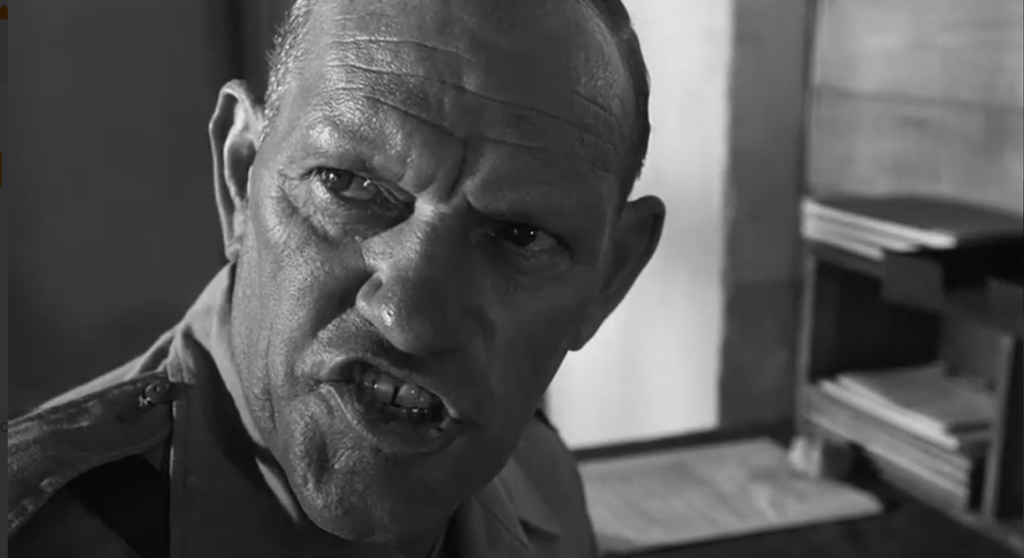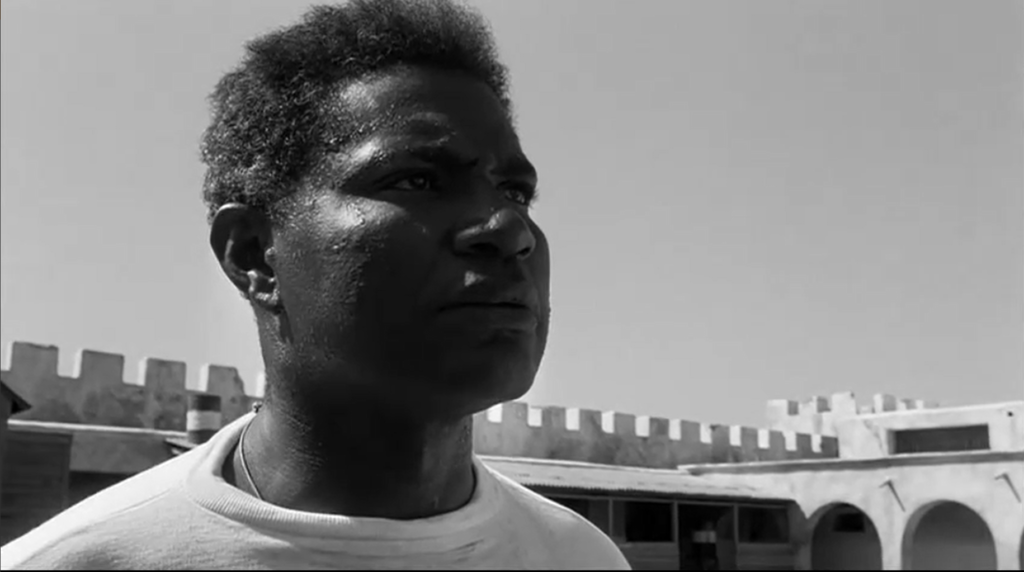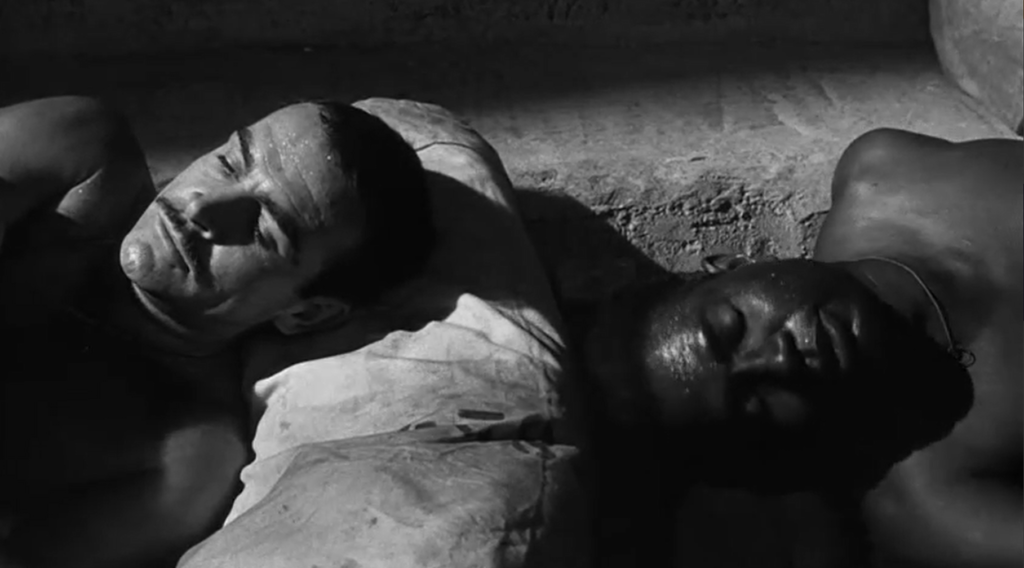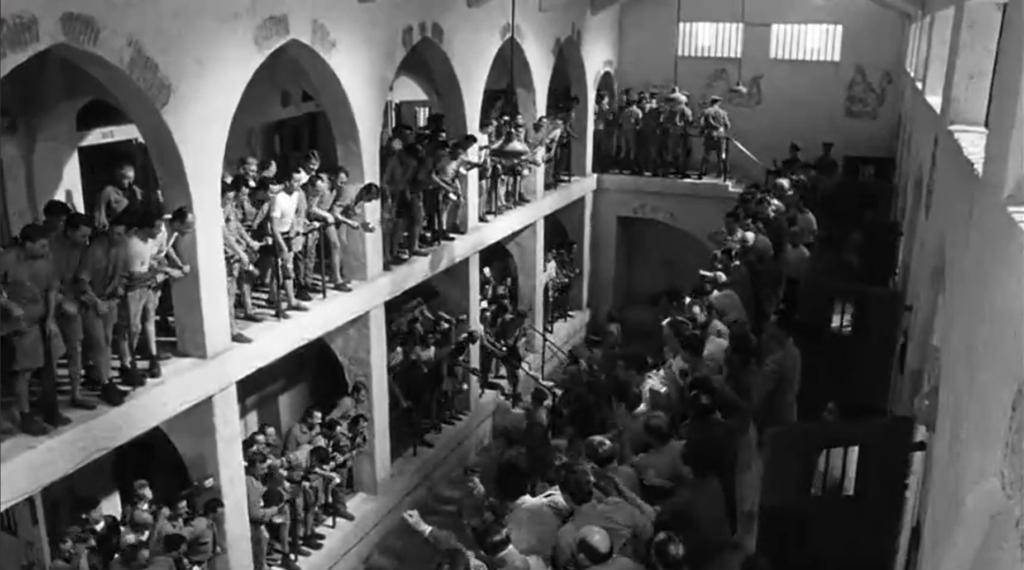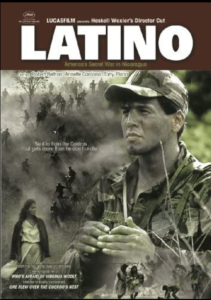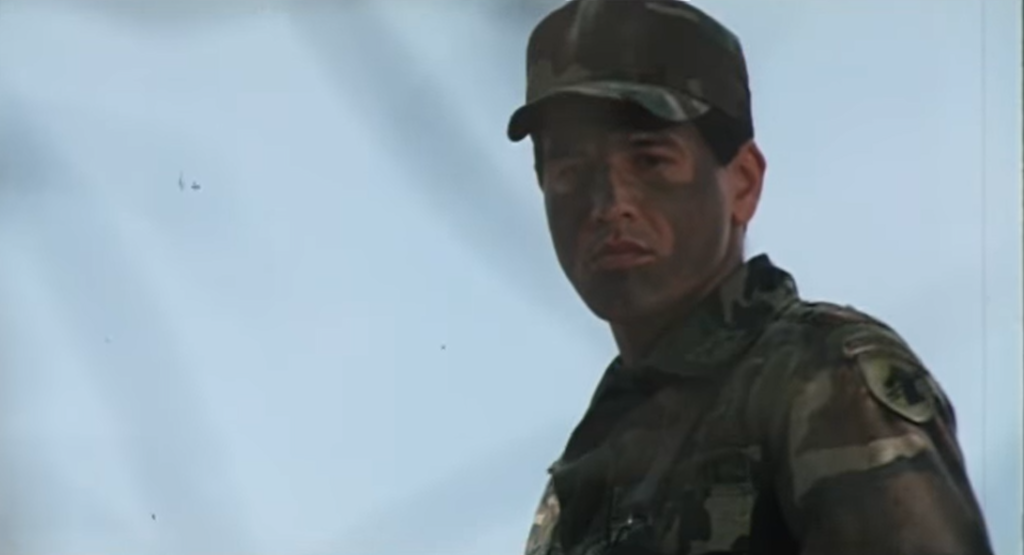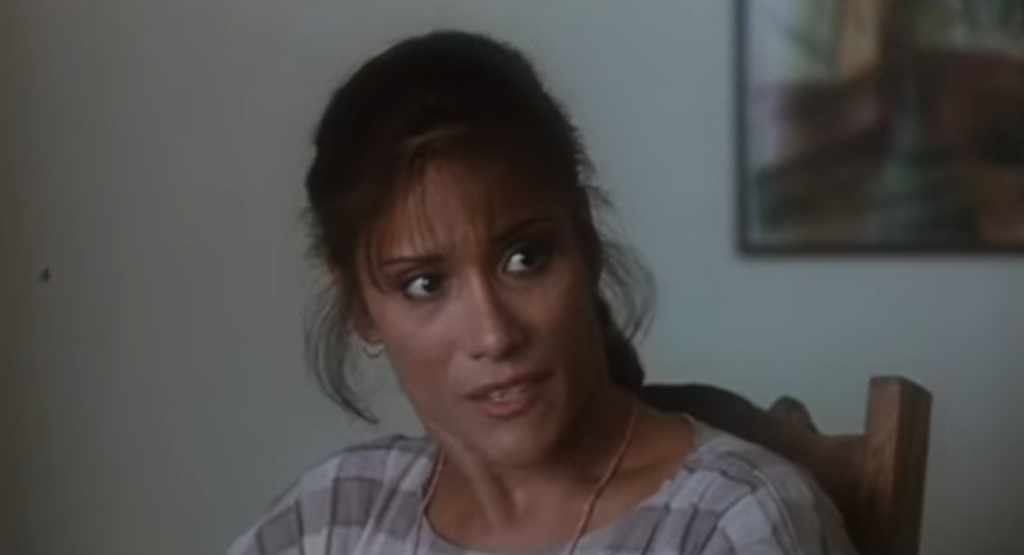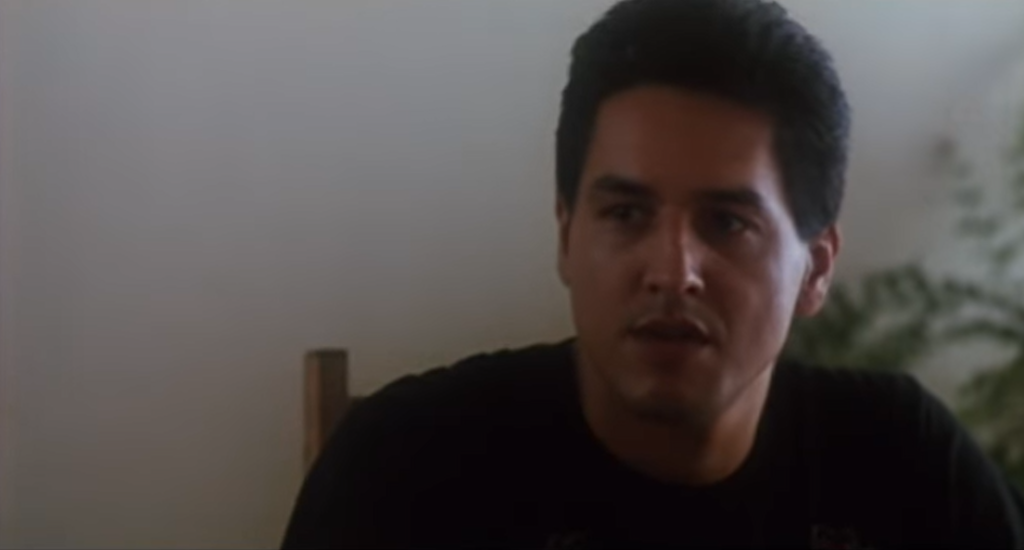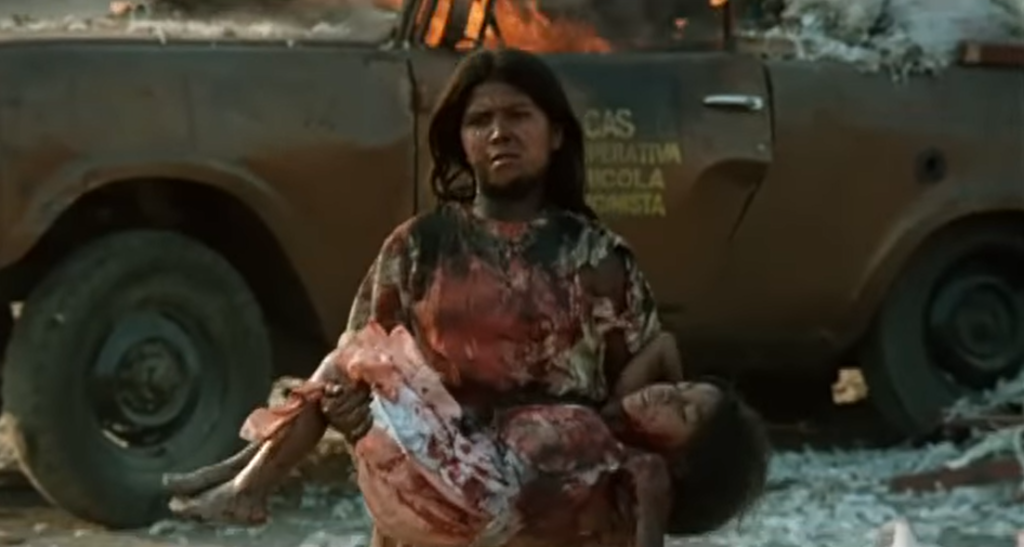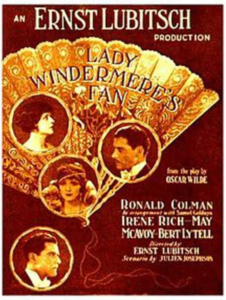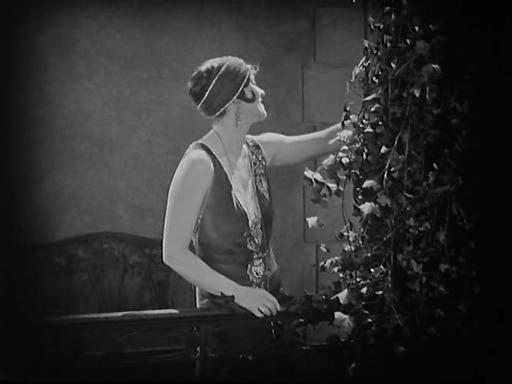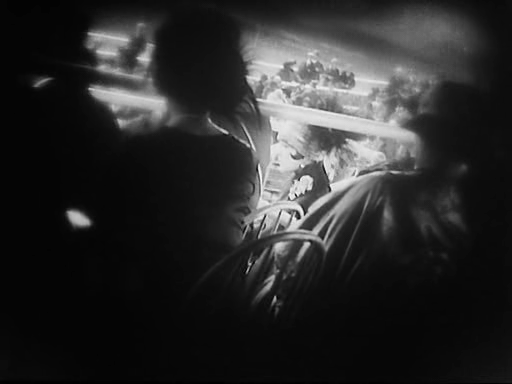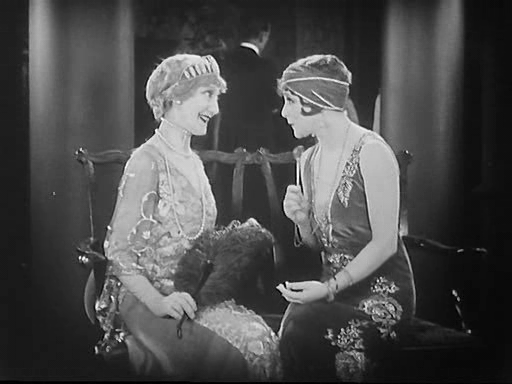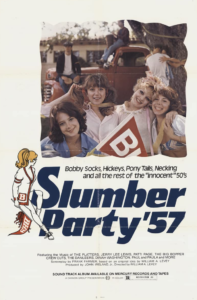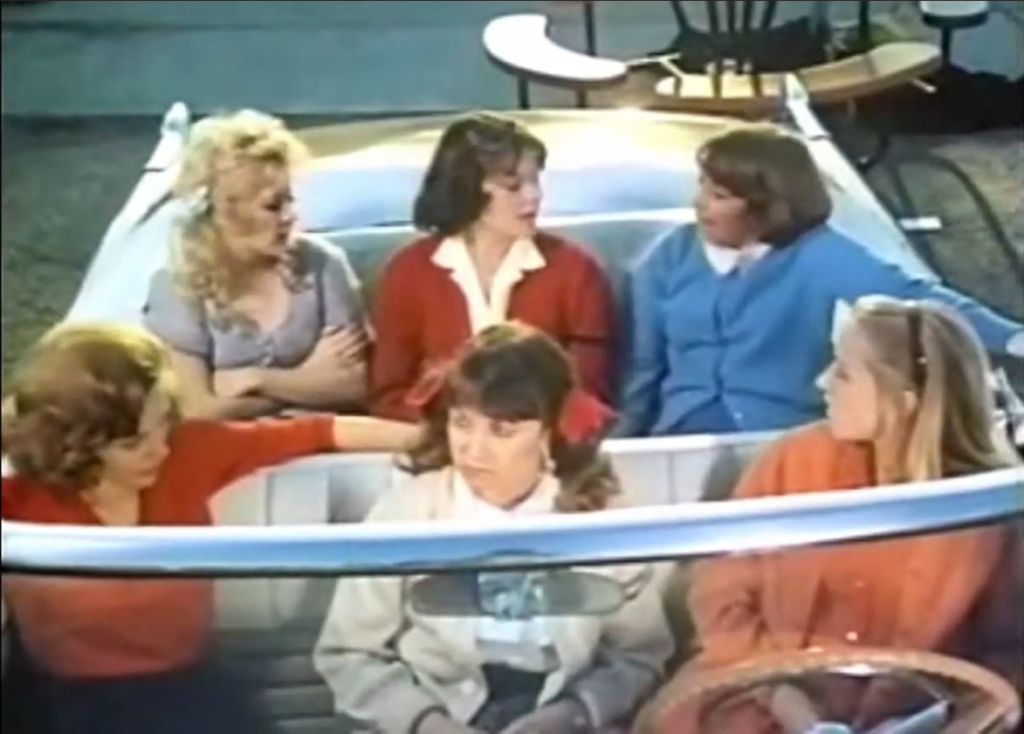|
Genres, Themes, Actors, and Directors:
- Alec Guinness Films
- Androids
- Harrison Ford Films
- Kidnapping
- Peter Cushing Films
- Revolutionaries
- Science Fiction
- Space Opera
Response to Peary’s Review:
As Peary notes, writer-director George Lucas’s Star Wars — which borrows liberally from countless other films (including Kurosawa’s The Hidden Fortress and The Wizard of Oz) and pop culture references (serials such as “Flash Gordon” and “Buck Rogers”) — is “arguably the most influential film ever made, although one can legitimately question whether its profound effect on future movie product [design], in Hollywood and worldwide, has been positive”, given that we’ve all “overdosed on special effects, toys, and intergalactic wars”. Peary (ever the ’70s liberal!) accurately argues that the film unfortunately “makes war look like fun”, and that the characters are, regrettably, designed to be shallow — Mark Hamill is particularly annoying as callow, whiny Luke Skywalker (though it could be argued that he’s well-suited for the role).

Sophisticated modern viewers seeing Star Wars for the first time may actually wonder what all the fuss is about, given that much of it comes across today as either campy (i.e., the infamous “cantina scene”) or dated, and the special effects — while revolutionary at the time, and still largely impressive — have since been surpassed.
With that said, the film is, as Peary notes, both “craftily made”, and (with the possible exception of Hamill as Skywalker) “brilliantly cast”, effectively balancing veteran and young actors. It deservedly won a passel of Oscars: for special effects (the final battle sequence — while it goes on for too long — is especially well done), costume design, sound effects, art direction, editing, and best original score (by John Williams). Harrison Ford is hunky and memorable in his breakthrough role as Han Solo; Carrie Fisher (only 17 years old!) is effectively spunky as Princess Leia (those buns!); and Alec Guinness couldn’t have been better cast as the “wise and noble Jedi warrior Ben ‘Obi-Wan’ Kenobi”. Film fanatics, regardless of their personal connection with the movie, will doubtless agree that its “tremendous spirit, sense of fun and adventure, excitement, hip humor, imaginative characters, and fast-paced, uncomplicated story” deservedly “touched a universal nerve”, and that Star Wars remains indispensable “must see” viewing.
Redeeming Qualities and Moments:
- Harrison Ford as Han Solo
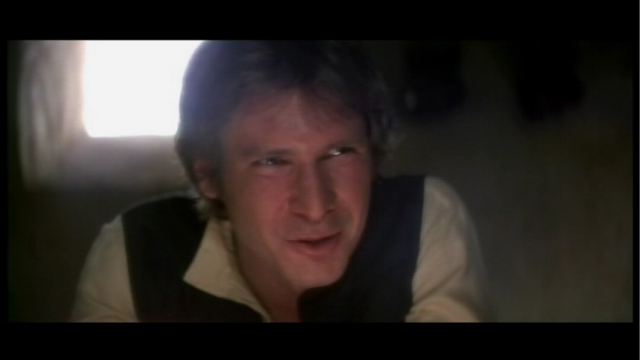
- Alec Guinness as Obi Wan
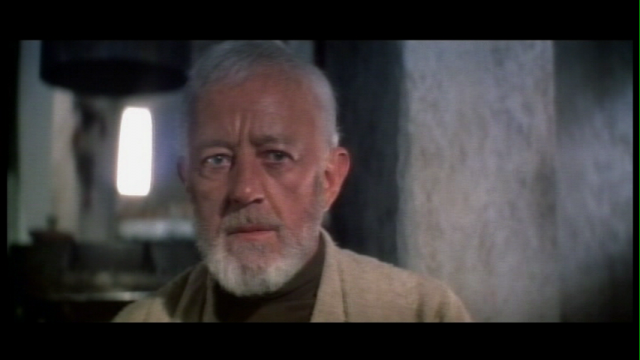
- Carrie Fisher as Princess Leia
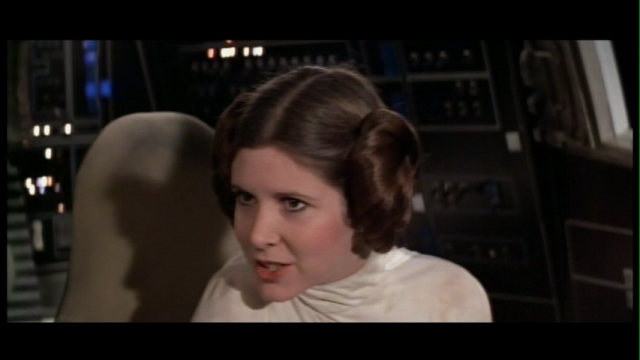
- C3PO (Anthony Daniels) and R2D2 (Kenny Baker)
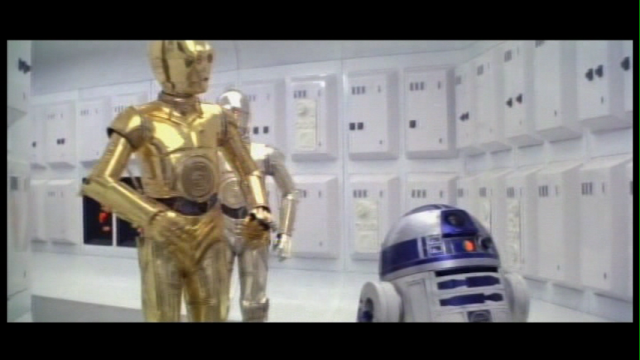
- Memorable sets

- Groundbreaking special effects
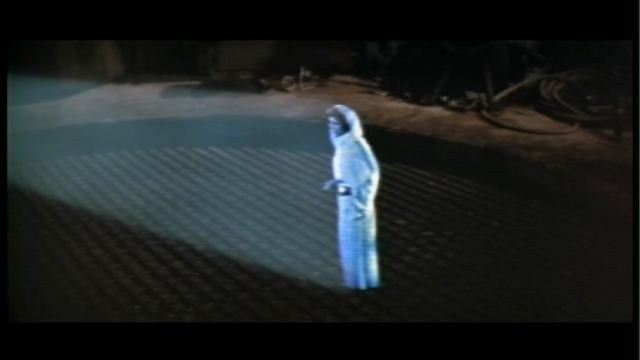
- John Williams’ rousing score
Must See?
Of course.
Categories
- Cult Movie
- Historically Relevant
- Oscar Winner or Nominee
(Listed in 1001 Movies You Must See Before You Die)
Links:
|
